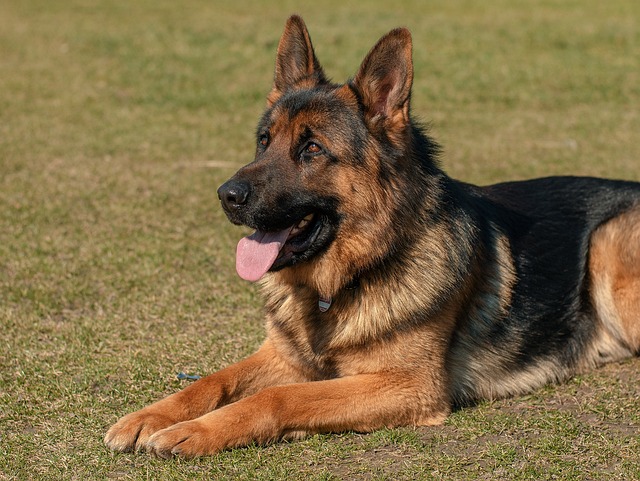
How can I tell if my dog's heatstroke is serious
Let’s be real: It’s a sticky August morning in Los Angeles, and you took your 2-year-old Golden Retriever, Max, for a walk a little later than usual
Picture your golden retriever romping through Virginia’s Blue Ridge Mountains in late September – those vibrant fall leaves hide a sneaky threat. Just as you’re enjoying crisp evenings, flea populations silently surge to their annual peak. Across most U.S. regions, late summer through early fall (August to October) creates a perfect storm: lingering humidity meets warm temperatures, accelerating flea breeding in backyard grasses and urban parks. Southern states like Louisiana face year-round battles, while heated apartments in New York let fleas thrive even in January. For new dog owners, missing this danger window risks severe skin infections, costly vet visits, and restless nights listening to your pup scratch.
Biologically, fleas hit their reproductive sweet spot around 75–85°F with humidity over 70% – conditions common during autumn’s rainy spells. Entomology studies show flea larvae absorb moisture from damp air, maturing twice as fast compared to dry summer heat. Urban environments magnify the problem: concrete radiates warmth after sunset, and apartment heating systems create artificial microclimates. Behaviorally, dogs become unwitting taxis during peak social activities – a single playdate at Seattle’s Magnuson Dog Park can transfer fleas that lay 50 eggs daily in your rug. Worse, flea saliva triggers allergic reactions in 40% of dogs, leading to raw "hot spots" that demand urgent care.

Start your defense by applying vet-recommended preventives monthly before August hits – options like chewables or topical treatments disrupt fleas’ nervous systems. For homes, vacuum under furniture weekly (seal and discard bags immediately) and wash bedding at 140°F to nuke eggs. Natural warriors should try food-grade diatomaceous earth rubbed into carpets; leave it for four hours before vacuuming to dehydrate larvae. When walking in wooded areas, inspect your dog’s belly fur afterward; flea dirt resembles black pepper that turns rust-red when wet. If infestations strike, skip toxic foggers – pet-safe sprays with insect growth regulators (IGRs) halt breeding cycles without harming your pup.
Responsible flea control ties directly to U.S. legal and cultural norms. Legally, unchecked infestations may violate animal welfare codes – states like Connecticut can issue fines if neglect is suspected. Always carry waste bags during neighborhood strolls; flea eggs drop from fur onto grass, creating community hotspots. Culturally, never punish frantic scratching – instead, redirect anxiety with frozen peanut butter toys or reward calm behavior. Apartment dwellers should avoid shared laundry rooms during peak season (eggs travel via lint traps) and wipe elevator buttons after use. Remember, prevention is community care: cities like Denver ticket buildings with recurring infestations, and leash etiquette prevents nose-to-snout flea transfers during walks.

Let’s be real: It’s a sticky August morning in Los Angeles, and you took your 2-year-old Golden Retriever, Max, for a walk a little later than usual

You're enjoying a summer afternoon at the park when you notice your dog has stopped panting and appears disoriented - their gums are bright red

Let’s paint the picture: You’re in your Denver apartment, watching your 4-year-old Boston Terrier, Ruby, plop down mid-play session with her favorite toy

Many dog owners notice their pets nails seem shorter after regular walks,but how much does this daily activity actually help?The answer depends on where you walk—concrete sidewalks or asphalt streets gently file nails as a dog's paws hit the ground

Most dog owners notice their pup scooting across the carpet at some point, but few connect it to impacted anal glands. These small sacs near a dog’s rectum secrete a scent for marking territory

Most vets agree that regular dog teeth cleaning is key to avoiding painful dental issues later. For healthy adult dogs, a professional cleaning at the vet’s office every 12 to 18 months usually works well.